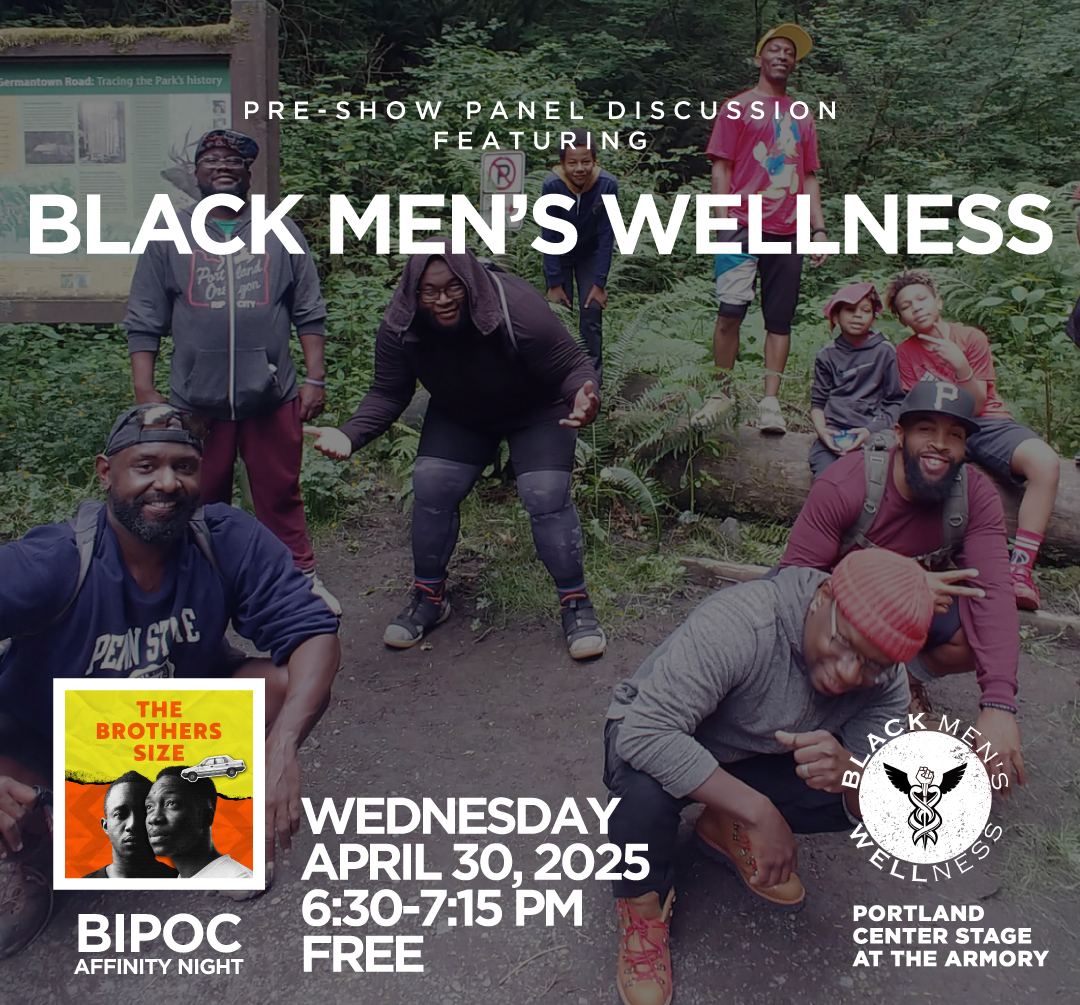Intimate Partner & Family Violence
Key Terms
The National Intimate Partner and Sexual Violence Survey (NISVS) is an initiative created by the CDC to address IPV. This survey defines an intimate partner as a romantic or sexual partner and includes spouses, boyfriends, girlfriends, people with whom they dated, were seeing, or “hooked up.” The CDC measures Intimate Partner Violence in 5 categories:
- Sexual violence includes rape, being made to penetrate someone else, sexual coercion, unwanted sexual contact, and non-contact unwanted sexual experiences. Contact sexual violence (SV) is a combined measure that includes rape, being made to penetrate someone else, sexual coercion, and/or unwanted sexual contact.
- Stalking victimization involves a pattern of harassing or threatening tactics used by a perpetrator that is both unwanted and causes fear or safety concerns in the victim.
- Physical violence includes a range of behaviors from slapping, pushing or shoving to severe acts that include hit with a fist or something hard, kicked, hurt by pulling hair, slammed against something, tried to hurt by choking or suffocating, beaten, burned on purpose, used a knife or gun.
- Psychological aggression includes expressive aggression (such as name calling, insulting or humiliating an intimate partner) and coercive control, which includes behaviors that are intended to monitor and control or threaten an intimate partner.
- Control of reproductive or sexual health includes the refusal by an intimate partner to use a condom. For a woman, it also includes times when a partner tried to get her pregnant when she did not want to become pregnant. For a man, it also includes times when a partner tried to get pregnant when the man did not want her to become pregnant.
- The Power & Control wheel is a particularly helpful tool in understanding the overall pattern of abusive and violent behaviors, which are used by an abuser to establish and maintain control over his/her partner or any other victim in the household. Very often, one or more violent incidents may be accompanied by an array of these other types of abuse. They are less easily identified, yet firmly establish a pattern of intimidation and control in the relationship.
- Globally, as many as 38% of all murders of women are committed by intimate partners. The likelihood of a woman being murdered by a partner rises exponentially when she becomes pregnant.
- About 41% of women and 26% of men experienced contact sexual violence, physical violence, and/or stalking by an intimate partner and reported an intimate partner violence-related impact during their lifetime. Injury, posttraumatic stress disorder (PTSD) symptoms, concern for safety, fear, needing help from law enforcement, and missing at least one day of work are common impacts reported.
- Over 61 million women and 53 million men have experienced psychological aggression by an intimate partner in their lifetime.
- IPV starts early and continues throughout people’s lives. When IPV occurs in adolescence, it is called teen dating violence (TDV). TDV affects millions of U.S. teens each year. About 16 million women and 11 million men who reported experiencing contact sexual violence, physical violence, or stalking by an intimate partner in their lifetime said that they first experienced these forms of violence before the age of 18.
Prevention
Below is a prevention measure graphic created by the CDC.
Image Source: Centers for Disease Control and Prevention
Preview Image Details
(information about the image that accompanies links to this page)
Rebecca Lingafelter in What the Constitution Means to Me; photo by Jingzi Zhao
Portland Center Stage is committed to identifying & interrupting instances of racism & all forms of oppression, through the principles of inclusion, diversity, equity, & accessibility (IDEA).






















